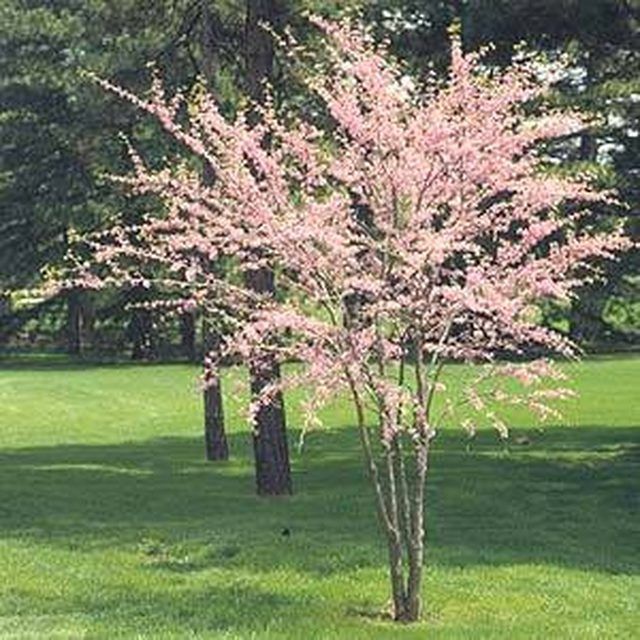Bulbs
Flower Basics
Flower Beds & Specialty Gardens
Flower Garden
Garden Furniture
Garden Gnomes
Garden Seeds
Garden Sheds
Garden Statues
Garden Tools & Supplies
Gardening Basics
Green & Organic
Groundcovers & Vines
Growing Annuals
Growing Basil
Growing Beans
Growing Berries
Growing Blueberries
Growing Cactus
Growing Corn
Growing Cotton
Growing Edibles
Growing Flowers
Growing Garlic
Growing Grapes
Growing Grass
Growing Herbs
Growing Jasmine
Growing Mint
Growing Mushrooms
Orchids
Growing Peanuts
Growing Perennials
Growing Plants
Growing Rosemary
Growing Roses
Growing Strawberries
Growing Sunflowers
Growing Thyme
Growing Tomatoes
Growing Tulips
Growing Vegetables
Herb Basics
Herb Garden
Indoor Growing
Landscaping Basics
Landscaping Patios
Landscaping Plants
Landscaping Shrubs
Landscaping Trees
Landscaping Walks & Pathways
Lawn Basics
Lawn Maintenance
Lawn Mowers
Lawn Ornaments
Lawn Planting
Lawn Tools
Outdoor Growing
Overall Landscape Planning
Pests, Weeds & Problems
Plant Basics
Rock Garden
Rose Garden
Shrubs
Soil
Specialty Gardens
Trees
Vegetable Garden
Yard Maintenance
How to Prune a Redbud Tree
How to Prune a Redbud Tree. A Redbud is one of the earliest flowering ornamental trees and one of the most popular trees among homeowners. It's a fairly small, compact tree with small white and pink flowers in the spring and dark green foliage through the summer. A Redbud tree will usually not get taller than 30 feet and the branch span may go out...

A Redbud is one of the earliest flowering ornamental trees and one of the most popular trees among homeowners. It's a fairly small, compact tree with small white and pink flowers in the spring and dark green foliage through the summer. A Redbud tree will usually not get taller than 30 feet and the branch span may go out to 25 feet. Learning the proper time and technique for pruning a Redbud tree is important to the health of the tree and the shape of it.
Assess the tree's natural shape. Stand back and see how the branches naturally grow and use this as a starting point for beginning your pruning. Be sure not to prune more than 25 percent off the top of the tree all at once or too take off too many major branches. If several branches need to be removed, do it over a course of months so that the tree doesn't go into shock of losing so much of its growth.
Prune the tree in early summer after the end of blooming. Begin by removing any larger lower branches. Cut off the branches close to the trunk without leaving any stubs. Stubs allow an entrance for disease and pests to enter.
Next cut off any branches that cross over or rub on each other. Also cut off any small branches that are growing inward.
In late winter, prune all the dead and diseased wood. Cut out the tiny twigs and branches that have turned brown. Also cut off any shoots that are coming up from the bottom or out of the trunk.
Prune trees when young to get and keep the desired shape as they grow. Prune sparingly the older trees; do more of a light trimming to keep the shape and remove the dead wood.